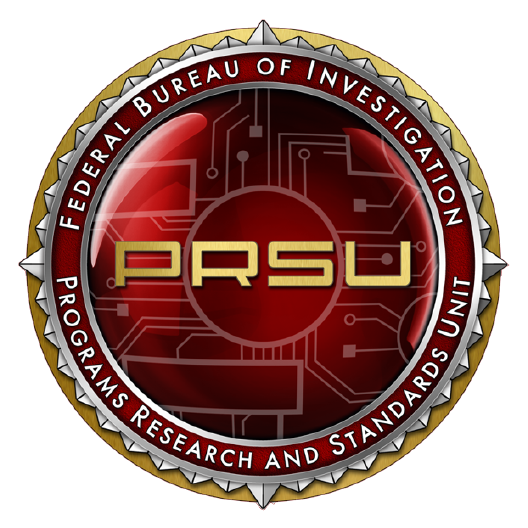Biometric Modalities
Contactless Fingerprints / Contactless Fingerprint Pilot
This page contains information pertaining to Contactless Fingerprints and the participation/removal from the FBI PRSU Contactless Fingerprint Pilot.

Face / Interstate Photo System
The Next Generation Identification (NGI) Interstate Photo System (IPS) is the FBI’s repository of all photos received with tenprint transactions, by qualifying submission or bulk submission, when verified with an existing tenprint record.

Latent Investigative Services
FBI's Next Generation Identification (NGI) System provides authorized law enforcement agencies with new and enhanced latent capabilities designed to produce leads within unsolved criminal and terrorism investigations.

NGI Iris Services
The Next Generation Identification (NGI) Iris Service, provides a fast, accurate, and contactless biometric identification option for law enforcement and criminal justice users. The NGI Iris Service uses an iris image repository within the NGI system.

NGI RISC Service
The Next Generation Identification (NGI) Repository for Individuals of Special Concern (RISC) rapid mobile search capability provides a tool for authorized criminal justice users in a field setting to quickly assess the threat level of an encountered individual.

Palm Print Services
The FBI's Next Generation Identification (NGI) palm print and supplemental print (i.e., lower joints and extreme tips of the fingers) searching capabilities are now operational.

Rapid DNA
Rapid DNA, or "Rapid DNA Analysis," describes the fully automated (hands free) process of developing a CODIS Core STR profile from a reference sample buccal swab. The "swab in – profile out" process consists of automated extraction, amplification, separation, detection and allele calling without human intervention.

SMT
The Scars, Marks, and Tattoos (SMT) comments form addresses multiple issues: 1) requests to enhance the standard, 2) potential error in standard or 3) general question regarding information in or use of the standard. There should be no expectation of written responses to comments submitted via this Web site.

